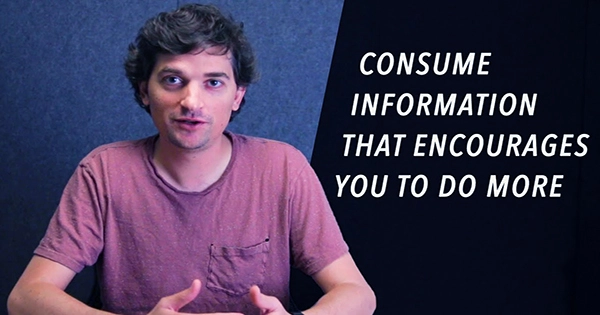Batches in the Combinator are becoming bigger and bigger. Its initial batch, which was released in 2005, included only a few firms; this time, there were nearly 400. But that’s only from a pool of over 17,000 applicants! What is it that allows one squad to get in while another is sent away? Dalton Caldwell, managing director and group partner at YC, is the man to ask. He’s been with YC for the last 19 batches, supervising admissions for the majority of that period. He estimates the number of applications he’s seen in the “tens of thousands,” according to him.
Caldwell spoke at our TechCrunch Early Stage event recently, where he discussed many of his thoughts on the application process, including what works, what doesn’t, and how to stand out. Caldwell’s lecture consisted of two parts: a 20-minute discussion on how he views YC applications, followed by a Q&A session with the audience. Some of my notes from his talk, as well as some highlights from the Q&A, are included here.
The group, “When I read an application, the first thing I look at is the team. Caldwell stated, “What I’m looking for on the squad is technical perfection.” What that entails varies depending on the firm. For a SaaS startup, this may mean a programmer who has demonstrated their ability to create and ship; for a biotech firm, it could mean less coding and more field expertise. But, for the most part, he wants someone on the team who can actually create the thing. Our teams that rely on hiring outsourced engineers, consultants, or other professionals to create their products move far more slowly than those who have a technical founder. They are prone to being taken advantage of.
Caldwell, Dalton, He explained, “I prefer to see some form of founder/market match for what the idea is.” “Whether you’re developing developer infrastructure, it’s fantastic to check if you’ve produced relevant tools in the past or if your previous work was linked to it.” That’s nice to see, even if you’ve contributed to an open source project relating to what you’re working on!”
“I’m always asked why we worry so much about having a technical founder on the team,” she says. Our teams that rely on hiring outsourced engineers, consultants, or other professionals to create their products move far more slowly than those who have a technical founder. They are prone to being taken advantage of. It’s not ideal, and I strongly advise you to bring on a technical co-founder to the team.” Caldwell also emphasized that technical founders shouldn’t do it entirely by themselves.
“Ideally, there should be many co-founders. Being a single founder is substantially more difficult. People constantly have questions about this, and I’m sure there will be more today. But have a look at the numbers: we’ve got a good chance. Even those who we do support who are single entrepreneurs have a difficult time. The truth is that starting a business is ultimately a fight against oneself. It’s both an emotional and a willpower fight. It’s quite difficult to accomplish that on your own.”
The software’s application, “Aside from that, what else do I look for in an application?” I’m looking for something that’s easy to read and understand. Buzzwords irritate me. Conciseness. Clarity and frankness. All of these qualities are important in a well-written application.” Caldwell’s theme was consistent throughout his presentation: Put yourself in his shoes. He’s sifting through thousands of applications, and words are your currency when you’re one of thousands.















